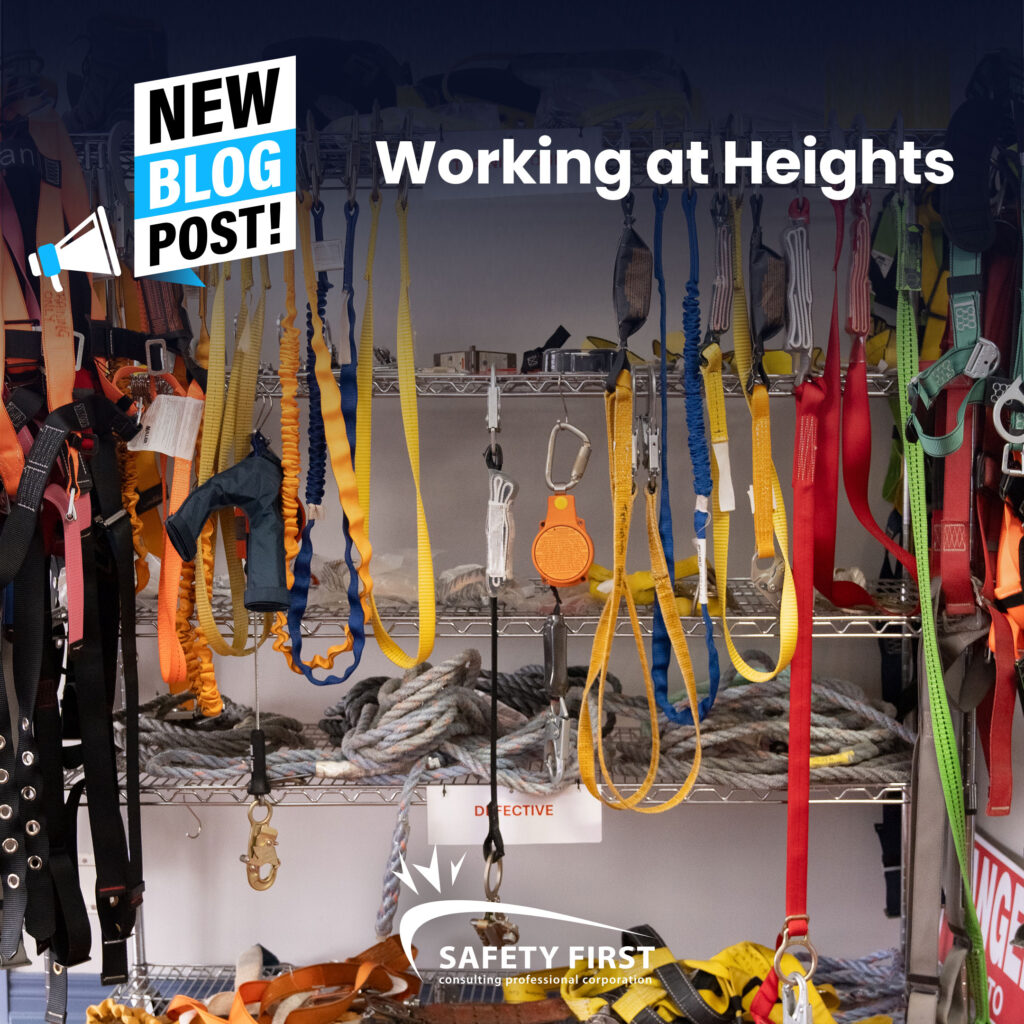
Working at Heights

Working at heights presents its own set of challenges and risks, whether you’re constructing a skyscraper, maintaining a bridge, or trimming trees. However, with proper training, precautions and equipment, individuals can safely carry out their tasks while minimizing the risks associated with working at elevated levels. We’ll be exploring essential tips for working at heights to ensure safety remains the top priority.
Training and Certification
Before undertaking any work at heights, individuals should receive proper training and certification. As a Chief Prevention Officer training provider (‘CPO-approved’) through the Ministry of Labour, Immigration, Training and Skills Development of Ontario, participants will be instructed on how to correctly select, inspect, maintain, and use a wide variety of fall protection components and systems. Certification ensures that workers have the knowledge and skills necessary to perform their tasks safely and effectively.
Risk Assessment
Conducting a thorough risk assessment before beginning work is crucial for identifying potential hazards such as unstable surfaces, overhead obstacles, weather conditions, and the presence of electrical lines. Assessing risks allows workers to implement appropriate control measures and safeguards to mitigate potential accidents.
Using the Correct Equipment
Choosing the correct equipment for the job is essential. Whether its ladders, scaffolds, aerial lifts, or personal fall protection systems, ensuring that your equipment is suitable for the task at hand and properly maintained will minimize your risk of injury. It is necessary that you inspect equipment before each use to detect any signs of wear or damage that could potentially compromise safety.
Fall Protection Systems
Implementing fall protection systems is essential when working at heights. These systems include guardrails, safety nets, and personal fall arrest systems. Workers should be equipped with harnesses, lanyards, and anchorage points to prevent falls and minimize the risk of injury in the event of an accident.
Proper Use of Ladders
Ladders are common tools used for working at heights, but they can also be a significant source of accidents if not used correctly. Workers should proper ladder safety protocols, such as maintaining 3 points of contact, securing the base of the ladder, and avoiding overreaching. Additionally, use ladders with the appropriate weight capacity for the task. You can find instructions and weight capacity on the side of the ladder or consult with your supervisor for more assistance.
Scaffold Safety
When working on scaffolds, ensure they are erected by trained professionals and inspected regularly. Secure guardrails, toe boards, and planking to prevent falls and ensure stability. Workers must never overload scaffolds with excessive weight, and always use access ladders or stairs to reach higher levels safely.
Weather Awareness
Weather conditions can also significantly impact safety when working at heights. Be aware of changes in weather forecasts and avoid working in adverse conditions such as high winds, rain, or lightning storms. Wet surfaces can become slippery, increasing the risk of falls, so take extra precautions during inclement weather.
Communication and Coordination
Effective communication and coordination among team members is essential for ensuring safety when working at heights. Establish clear lines of communication and designate a competent person to oversee work activities and address any safety concerns promptly.
Emergency Preparedness
Despite all precautions, accidents can still occur when working at heights. Have a comprehensive emergency response plan in place, including procedures for summoning medical assistance, rescue operations, and evacuation routes. Conduct regular drills to ensure all workers are familiar with emergency procedures and can respond effectively in the event of an accident.
By prioritizing safety and following these essential tips, individuals can confidently tackle tasks at heights while minimizing the risks of accidents and injuries. Remember, when it comes to working at heights, your safety should always come first!
Need Assistance?
Safety First Consulting’s team of highly qualified and experienced consultants will provide your company the assistance it needs to comply with government health and safety regulations. To learn more about what we do, contact us today 905-669-5444 or email us at info@safetyfirstconsulting.ca for more information.

